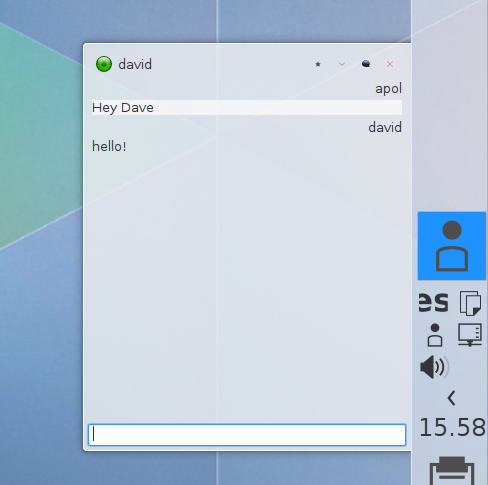I haven’t talked about what’s going on in the Discover front for a while, here’s a small heads up on what you’ll get in the next Plasma 5.7 release.
Back Ends
- PackageKit (and AppStream): This one has received most of the care. It has been rearranged to instant load. Also we made it possible to integrate this backend with KNS/OCS, to show when there’s add-ons ready for an application.
- KNSBackend: It’s being polished and adapted for new use-cases. First it used to focus on Plasma-centered assets, but we’ve worked towards making it possible to become a viable solution for Application add-ons as well. Furthermore it has been trimmed down to also provide fast startup while keeping its features.
- QApt: The traditional QApt backend used in Kubuntu is now considered deprecated in favor of PackageKit, which I understand should be available properly on every GNU/Linux distribution, including Kubuntu. We kept it around because there’s been longstanding issues with PackageKit on Ubuntu, but I’m confident these will be solved soon.
Front End
We used to have many of them, they have now been reduced to two: Discover and the Notifier Plasmoid. This allows us to focus one GUI. Of course, you can still use Muon, Apper and Synaptic together with it, for more precise package management.
Regarding Discover, the main focus this year has been: performance, stability and Add-ons.
- Performance: Mostly back-end work, and it has also benefited from improvements in KF5 and upstream Qt. Updating the dependencies will improve your Discover experience as well as that of other similar applications. Better usage of some model classes was also a nice improvement in some places.
- Stability: We worked on making sure that things not only are sturdy but that the development process doesn’t get in the way of stability. To that end, I set up a testing framework so that changes are automatically tested, additionally to the manual tests the developers will do at some point.
- Add-ons: One of the important parts of Discover, is to make sure the user is aware of the nice resources he has available. KNewStuff resources (mostly coming from kde-look and kde-files so far) have been available for a while, albeit mostly for Plasma enhancements. In this next release we allow these to extend applications themselves as well.
Future
Discover‘s future is Kirigami. We have already some work lined up (see the kirigami branch), we are pending some design work so that it shines, but the approach is already quite promising!
Also I’d like to start working on the Flatpak backend, if nobody beats me to it. 😀
Stay tuned!
